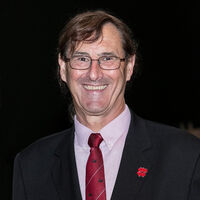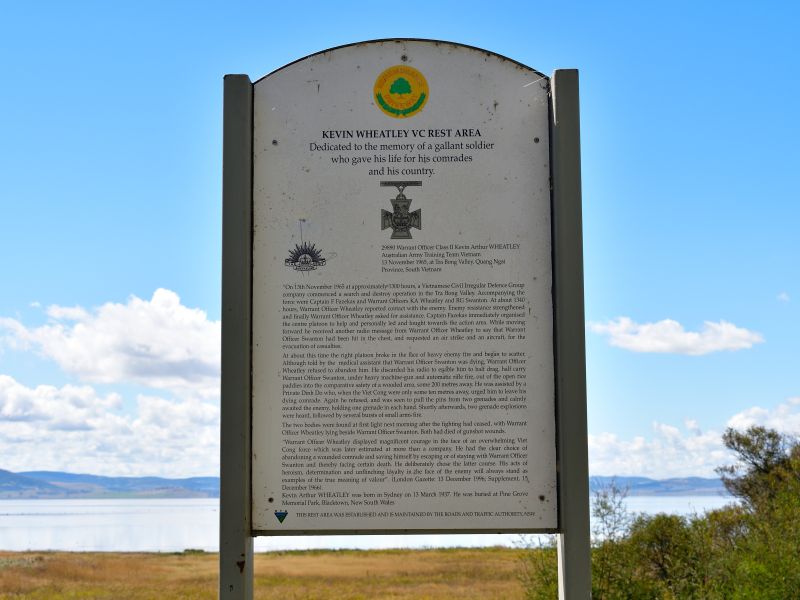Father and Son
It is not uncommon for a war memorial to feature the names of members of the same family, especially First World War memorials in smaller communities. Often this was because the members enlisted either about the same time or at least from the same area. Many feature brothers, others father and son/s. One memorial though, features the names of a father, who enlisted for service in the First World War, and his son, who enlisted for the Second World War. Though both enlisted for different wars they perished during the same conflict.
Harold Hillis Page was born in Grafton, NSW in August 1888. After school he worked as a teacher before joining the Commonwealth public service. With the outbreak of the First World War Page enlisted in the Australian Imperial Force and was commissioned second lieutenant in April 1915. He was posted to the 25th Battalion, which arrived at Gallipoli in September. By this stage of the campaign there was little heavy fighting, but the Australians made frequent excursions into no man's land. For his actions on the night of 29 October Page was recommended for the French Croix de Guerre. Two days before the Gallipoli withdrawal, he was wounded by shell-fire and evacuated, but eventually rejoined his unit in January 1916, before they embarked for France in March. Harold Page saw intense action during his service on the Western From and by war’s end he’d been promoted to Major and been awarded the Distinguished Service Order, the Military Cross and Mentioned in Despatches.
After the war, Page returned to the Commonwealth public service and joined the newly-created New Guinea administration at Rabaul in 1920. By December 1941 he was deputy administrator. Imperial Japanese forces invaded Rabaul in January 1942 and Page was among those captured. In June, with over a thousand others, he was shipped from Rabaul in the Montevideo Maru. The ship was torpedoed by an American submarine in the South China Sea and all prisoners on board perished. Page was survived by his wife, a son and three daughters.
By the time of his father’s death, Robert Page was serving in the 2/4th Pioneer Battalion of the Second Australian Imperial Force. After service in the north of Australia, Page transferred to 'Z' Special Unit in February 1943. With that unit he undertook special operations training and in September was one of the six members of Operation Jaywick who entered the Japanese-controlled port of Singapore under cover of darkness to attach magnetic mines to the hulls of Japanese shipping. Seven ships were destroyed, and the mission returned to Australia without casualties.
The following year Captain Page, with five other Jaywick veterans, were part of another, larger attempt to attack Singapore. Operation Rimau was compromised and all 23 raiders perished. Robert Page was one of ten captured raiders executed by the Japanese in Singapore on 07 July 1945.
Father and son had both been awarded the DSO for their gallantry, and both paid the highest price for their service.
- Australian Dictionary of Biography http://adb.anu.edu.au/biography/page-harold-hillis-7942

 Henry C Moulds
Henry C Moulds